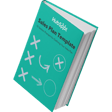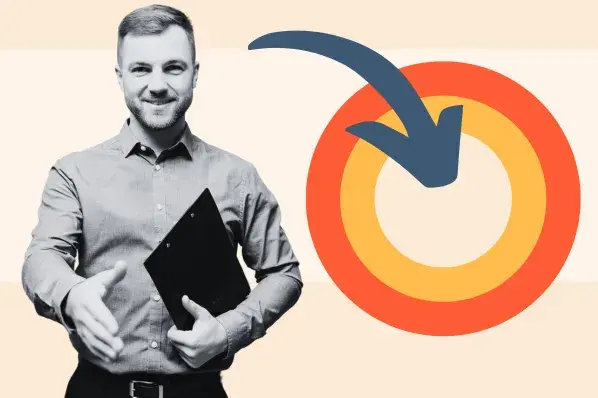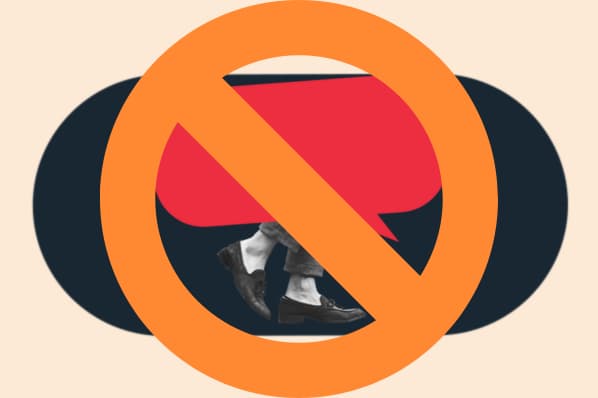In 1985, Coca-Cola held the number one position in the cola industry. But Pepsi was gaining popularity -- and Coca-Cola’s team worried their market share might soon slip away.
They decided to make a bold move. On April 23 of that year, Coca-Cola released a brand-new version of their eponymous drink: “New Coke.” It was the first time the company had altered its formula in 99 years.
Market research and consumer taste tests indicated the public would love New Coke.
However, it went down as one of the biggest disasters in marketing history. Hundreds of people called the consumer help line each day to complain about the new formula. Die-hard fans launched protest campaigns. Consumers stockpiled the “old” Coke.
Less than three months later, Coca-Cola brought back the previous version.
As this example shows, buyers don’t automatically equate “new” with “better.”
According to Harvard Business School professor John Gourville, 40% to 90% of new products fail depending on the product category. Innovative companies don’t typically fare well either: Almost five in 10 “first mover” companies (or, those who defined new product categories) have failed.
Knowing these statistics, you may not want to use “cutting-edge,” “groundbreaking,” “innovative,” or “revolutionary” to describe your products or use novelty to generate excitement in buyers.
Why Consumers Dislike “New”
Switching from an outdated product to an up-to-date alternative might seem like an obvious choice, since the new version typically comes with fewer issues or offers more features.
But here’s where the endowment effect comes into play. This psychological bias leads people to place greater value on the benefits they currently have than ones they don’t, even if their current benefits are objectively worse.
In other words, they irrationally prefer their current product over any new ones.
“Losses have a far greater impact on people than similarly-sized gains,” Gourville says. “Studies show that most people will not accept a bet in which there is a 50% chance of winning $100 and a 50% chance of losing $100. The gains from the wager must outweigh the losses by a factor of between two and three before most people find such a bet attractive.”
Lastly, buyers are put off by the effort required to change products. The more complex the solution, the more time and labor it’ll require to adjust.
How to Identify Your Prospect’s Motivators
This doesn’t mean you should never advertise your product’s innovation. Some prospects are far less resistant to novelty than others. You’ve likely worked with buyers who are motivated by acquiring the latest and greatest product so they can gain an edge on their competition or dramatically increase their ability to serve customers.
How can you tell which type you’re talking to?
A recent series of studies published in the Journal of Consumer Psychology suggests the greater a person’s desire for control, the less attracted they’ll be to “new” products.
In one experiment, the researchers created four pairs of potato chip flavors. Each pair included one classic flavor and one experimental one (for example, “Traditional Wavy Ranch” and “New West Coast Truffle Fries.”)
Participants chose which of the two flavors in each pair they would buy. The new flavors were less popular among participants whose desire for control had been experimentally increased.
“This shows that desire for control can act as a barrier to new product acceptance,” the researchers explain.
Pay attention to how many decisions your prospect makes and how many they let you make. For instance, do they typically propose a meeting time, or do they wait for you to suggest a few options? Do they usually weigh in on the agenda, or are they content to hand the reins to you? Do they largely drive the buying process, or are you coaching them through it?
You can also infer their aversion to newness from the way they describe their own product and company. If they’re excited about a new strategy, product launch, strategic shift, recent executive hire, and so on, there’s a strong chance novelty excites them.
But if they talk about their organization’s rock-solid reputation, longevity, dependability, and best-in-class support, you’re probably speaking with a risk-averse prospect.
The buyer’s recent purchases offer clues as well. Ask, “What’s the last product you bought [in this category, of this size, for this goal]?” Follow up with, “Why did you buy that?”
Their answer will indicate whether they want to be as current as possible or stick to solutions they’re already familiar with.
How to Tweak Your Messaging
Once you’ve identified the buyer’s personality, adapt your messaging as needed.
Let’s say you’re selling a predictive analytics solution. If you’re working with a prospect who finds novelty appealing, you might say, “Our tool will transform your sales and marketing strategy. You’ll be able to predict your audience’s behavior with uncanny accuracy.”
However, if you’re working with a risk-averse prospect, you’d say instead, “Our tool helps you avoid major sales and marketing blunders by giving you near-perfect predictions of what they’ll like and how they’ll respond.”
Here are a few more examples:
Version #1: “Traditional leadership training programs are ineffective. Companies who use our unique approach promote internally three times more often than average.”
Version #2: “It’s notoriously hard to measure the results of leadership training. Our package comes with quarterly surveys and custom analysis, so you’ll always know the ROI of your investment.”
Version #1: “Become a leader in customer satisfaction by reinventing the standard in-store experience.”
Version #2: “Take control of your customer’s in-store experience.”
Don’t let your message fall on deaf ears. To pique your prospect’s interest -- and ultimately, close the deal -- you must identify their personality type and craft your pitch accordingly.











